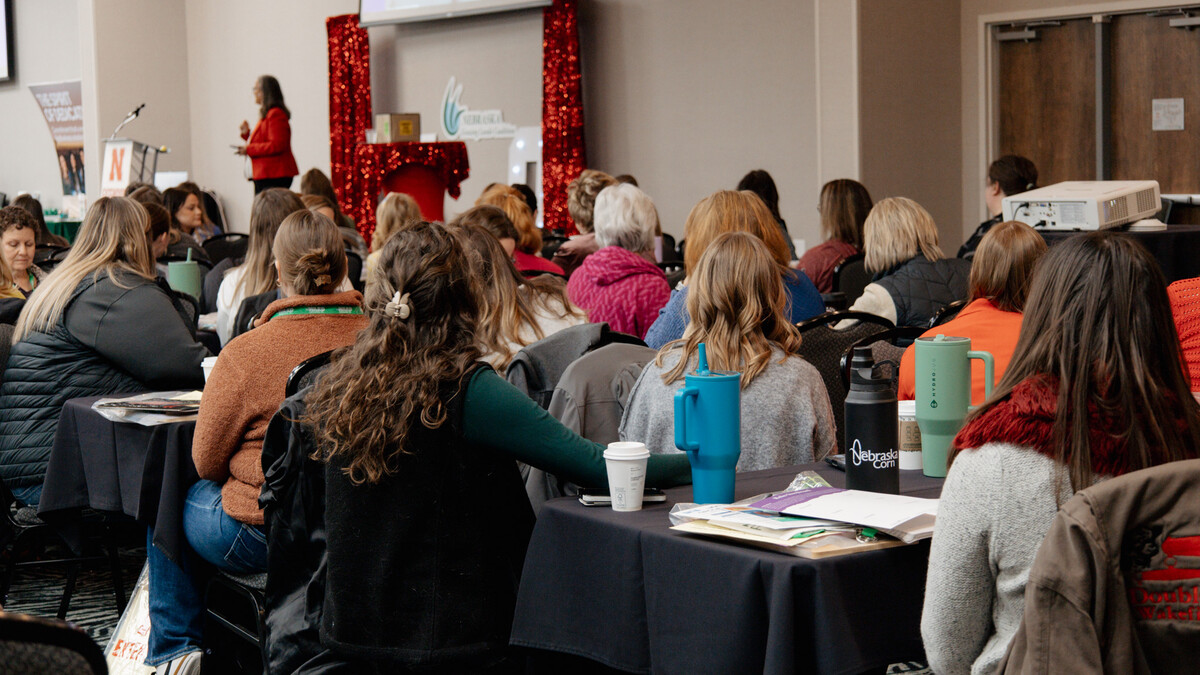May 12, 2015
Lincoln, Neb. — The University of Nebraska-Lincoln triticale crimping field day will be on Thursday, May 21 from 5 p.m. to 7:30 p.m. The field tour will start at 5 p.m. at the Stanislav farm two miles north of Abie.
There is no charge to attend the field day.
Experts will be on hand to answer farmer’s questions on using a mulch crop to avoid soil crusting and erosion in soybeans. Participants will learn how to use a winter triticale mulch as an alternative to herbicides, followed with a cash crop of drilled soybean. 30 UNL experimental lines of early-maturing triticale will be evaluated for weed suppression and plant residue.
The focus of this project is to use a roller crimper to crimp and flatten the triticale at proper flowering stage, leaving an intact mat of residue to protect the soil. The residue will continue to protect the soil from hard, fast rain events, improving seed to soil contract and protect the soybean cash crop emergence. The benefits of intact residue are slower decomposition, better weed suppression and less soil erosion and runoff.
The first step of drilling soybean seed through the triticale will be demonstrated. Farmers will predict which experimental lines will work best in their cropping systems. As a follow-up, crimping will be video-taped at the correct flowering stage during the following week and will be posted on-line along with weed suppression and yield data.
Stanislav is a cooperator in a Ceres Trust Grant to incorporate a roller crimper into his cropping system. Farmers using no-till rotations can learn more about how synergistic crop sequences are improving land productivity, farm economics, soil health and resource-use-efficiency in the semiarid Great Plains.
For more information on the field day contact UNL research technologist, Richard Little at 402-805-7482 or visit http://agronomy.unl.edu/mulchcropping.
Richard Little
Farming Systems Research Technologist
402-805-7482
rlittle2@unl.edu







